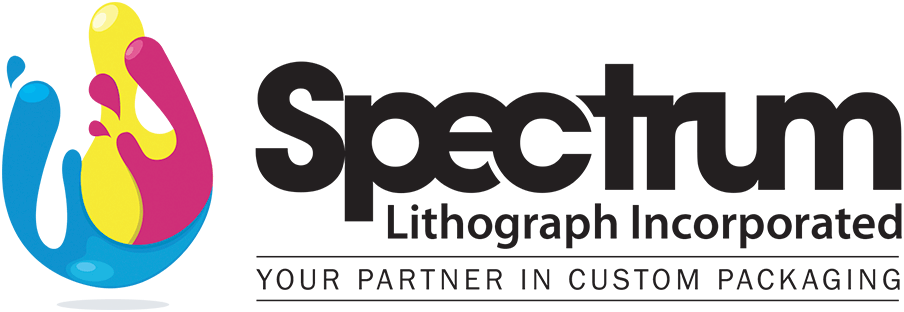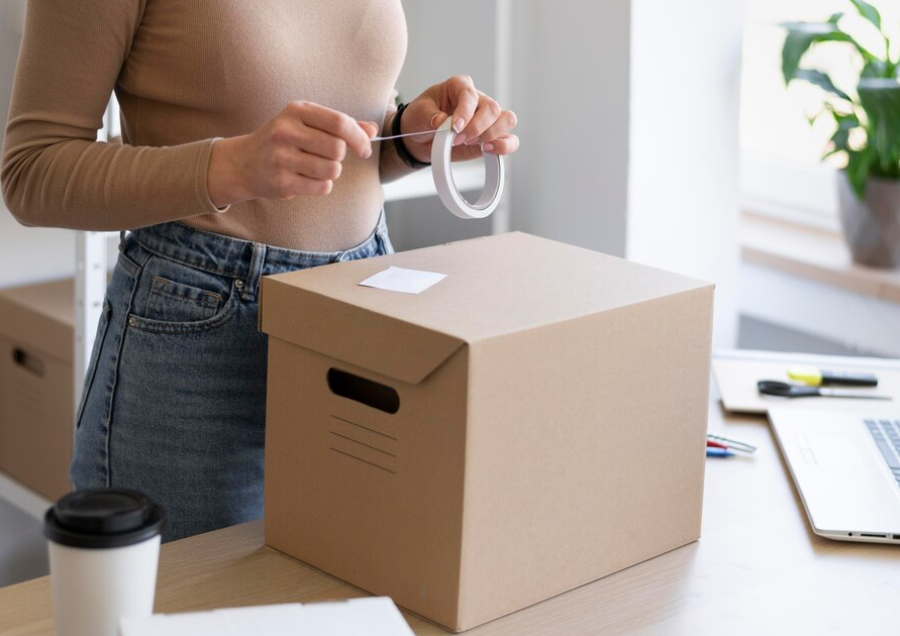In the bustling world of commerce, where every brand competes for attention, standing out is not just a desire; it’s a necessity. Custom packaging offers small businesses a powerful tool to make a lasting impression, enhance brand identity, and leave a memorable mark on customers. In this comprehensive guide, we delve into the world of custom packaging, exploring its benefits, design considerations, and practical tips for implementation.
The Power of Custom Packaging
Custom packaging goes beyond merely enclosing products; it serves as a tangible representation of your brand’s identity and values. From the moment a customer receives their package, they begin to form perceptions about your business. A well-crafted package communicates professionalism, care, and attention to detail, fostering trust and loyalty.
Benefits of Custom Packaging
- Brand Identity: Tailored packaging allows you to express your brand’s personality, from color schemes to typography, reinforcing brand recognition.
- Differentiation: In a sea of generic packaging, custom designs set you apart, making your products instantly recognizable.
- Enhanced Customer Experience: Thoughtful packaging delights customers, making unboxing a memorable and enjoyable experience.
- Marketing Opportunity: Utilize packaging real estate to convey your brand message, share product information, or even offer promotions, turning every package into a marketing asset.
- Environmental Sustainability: Custom packaging enables you to prioritize eco-friendly materials and design choices, aligning with modern consumer preferences for sustainability.
Design Considerations
- Consistency: Ensure packaging design aligns with your brand’s overall aesthetic and messaging across all touchpoints.
- Practicality: Balance creativity with functionality, ensuring packaging protects products during transit while remaining easy to open and handle.
- Material Selection: Choose sustainable materials whenever possible, considering factors like recyclability, biodegradability, and environmental impact.
- Personalization: Incorporate elements like handwritten notes, stickers, or customized wrapping to add a personal touch and foster customer connection.
- Scalability: Design packaging solutions that accommodate your business’s growth, offering flexibility to adapt to changing needs and volumes.
Implementation Tips
- Research and Planning: Understand your target audience, competitor landscape, and industry trends to inform your packaging strategy.
- Collaborate with Professionals: Partner with experienced designers and packaging manufacturers to bring your vision to life with expertise and precision.
- Test and Iterate: Solicit feedback from customers and iterate on packaging designs based on insights and observations.
- Stay Flexible: Be open to refining and evolving your packaging strategy as your business evolves and market dynamics change.
Custom packaging presents small businesses with a powerful opportunity to elevate their brand presence, forge meaningful connections with customers, and drive business success. By carefully considering design elements, practical considerations, and implementation strategies, businesses can create packaging solutions that not only protect products but also leave a lasting impression, turning every unboxing into a memorable experience. Embrace the creativity and versatility of custom packaging to transform your brand’s identity and stand out in a crowded marketplace.

